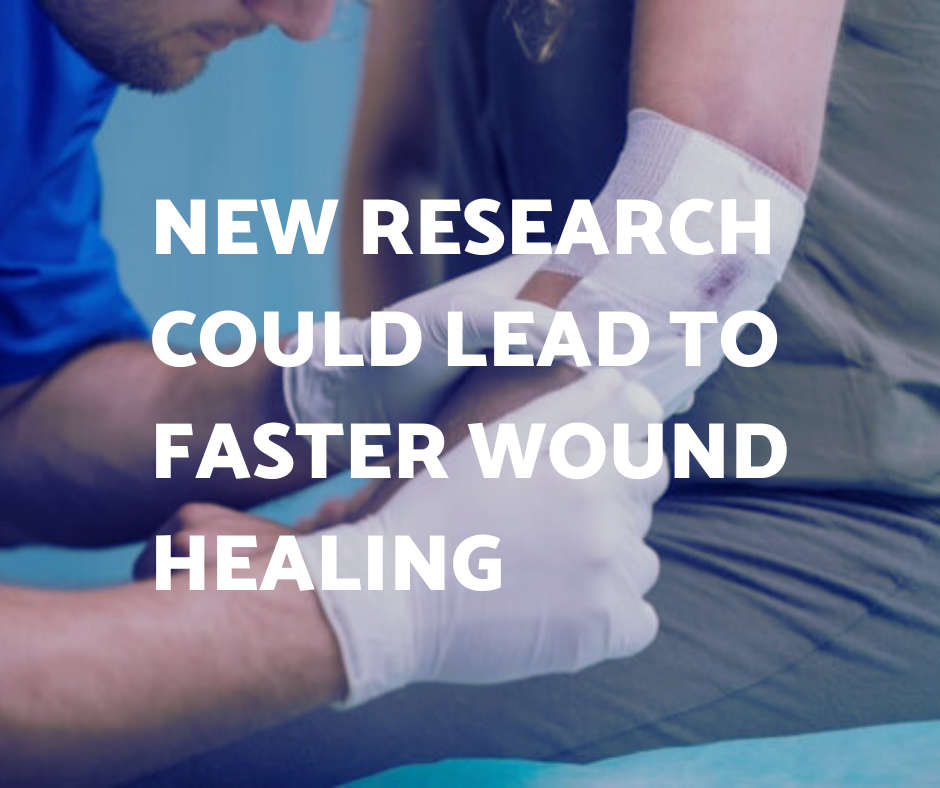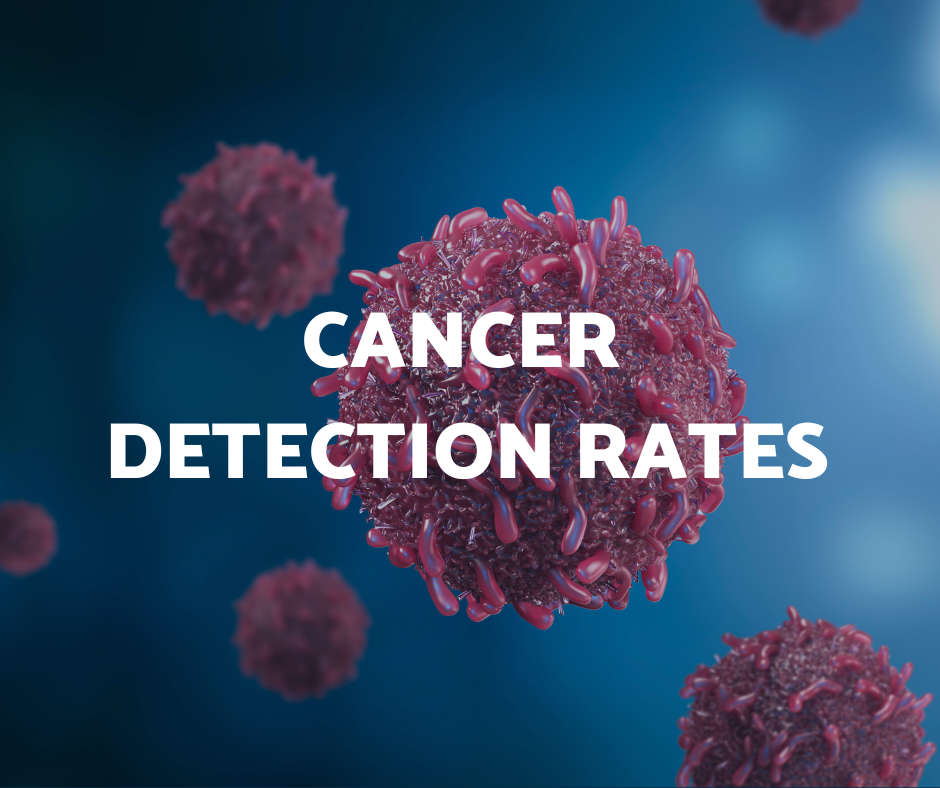
Researchers at the University of Brighton have made a groundbreaking discovery that could revolutionize the treatment of chronic wounds.
Their pioneering project has shown how materials used in wound dressings can accelerate healing, paving the way for a new type of dressing that mimics natural tissue.
This breakthrough could lead to faster recovery for patients and transform wound care both in the UK and around the world.
Over 3 million people in the UK and 20 million globally need treatment for wounds each year. Wound treatment, such as that for acute burns and chronic ulcers experienced by people with diabetes, has remained largely unchanged for decades. In the UK, these limitations in wound care mean that over 40% of leg and foot ulcers remain unhealed after six months with nearly a third persisting beyond a year. Caring for wounds and changing dressings currently takes up a staggering 50% of community nurse time.
Led by researchers at the University of Brighton’s Centre for Regenerative Medicine and Devices, the new study reveals, for the first time, that the material composition of wound dressings has a direct influence on the rate of healing, with some material increasing it by up to 75 percent.
Insights from the latest research from the University of Brighton will enable a more precise and evidence-based selection of wound dressings by clinicians, reducing the reliance on individual judgment in clinical practice.
Lead researcher on the project and Professor of Tissue Regeneration at the University of Brighton Professor Matteo Santin said: “Harnessing the knowledge acquired in more than 30 years of researching what makes materials safe and compatible with the body, we've learned how different types of wound dressings affect healing. Specifically, we've discovered how the body's cells — like those involved in inflammation and tissue repair — react to different materials used in wound dressings.
“This helps us understand which dressings work best for different types of wounds. The lessons we have learned will not only give clinicians in-depth information about the dressings they use, but it will also pave the way towards the development of our own novel technology to replace existing wound dressings.”
The work is part of a six-year project being led by the University of Brighton and funded by the Engineering and Physical Sciences Research Council (EPSRC) which is part of UK Research and Innovation, through a £2.88m grant – the largest research grant ever awarded by EPSRC to a single university. It unites experts from a range of fields including immunology, podiatry, biochemistry, fluid dynamics and biomaterial science, to investigate how to accelerate wound healing processes.
Future wound dressings will be made of material which mimic the natural tissue environment. These wound dressings will integrate user-friendly diagnostic tools, making available a new range of wound dressings with ‘theranostic properties’ - dressings which are able to heal wounds as well as help to assess wounds.
The pioneering work undertaken by the University of Brighton team could have implications beyond wound treatment, providing a better understanding of molecular interactions of biomaterials with tissues and organs. This could lead to the creation of man-made antibodies which could be used for new ways to diagnose and treat a range of diseases.
Findings of the research will be presented to an audience of clinicians, researchers and other health practitioners on Friday, December 6, 2024 as part of the university’s Global Challenges Week celebration.

 A man has been found not guilty of murder after a death at a pub in Chichester
A man has been found not guilty of murder after a death at a pub in Chichester
 Woman assaulted by two men in a Brighton road
Woman assaulted by two men in a Brighton road
 There’s a recruitment drive in West Sussex to hire full-time firefighters.
There’s a recruitment drive in West Sussex to hire full-time firefighters.
 Winter Weather Advisory: Yellow Snow Warning Issued for Southern England
Winter Weather Advisory: Yellow Snow Warning Issued for Southern England
 Appeal following stabbing in Crawley
Appeal following stabbing in Crawley
 Campaign launches in West Sussex to get people to watch what they drink
Campaign launches in West Sussex to get people to watch what they drink
 Appeal to identify two men in connection with arson in Wick
Appeal to identify two men in connection with arson in Wick
 Early cancer detection rates soar in Sussex
Early cancer detection rates soar in Sussex
 Consultation into cutting pupil numbers at two West Sussex schools
Consultation into cutting pupil numbers at two West Sussex schools
 Hit and run in Hambrook near Chichester
Hit and run in Hambrook near Chichester






